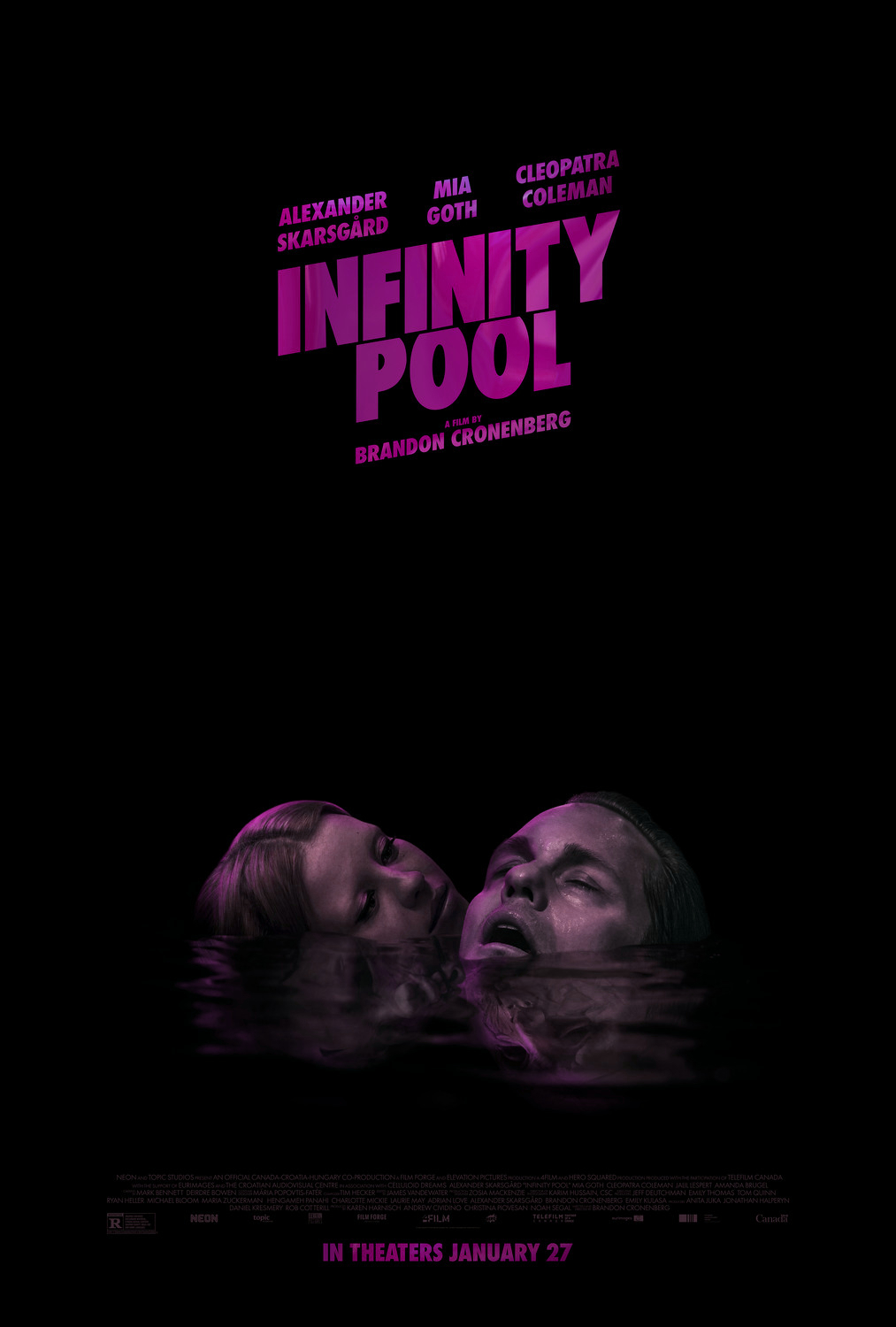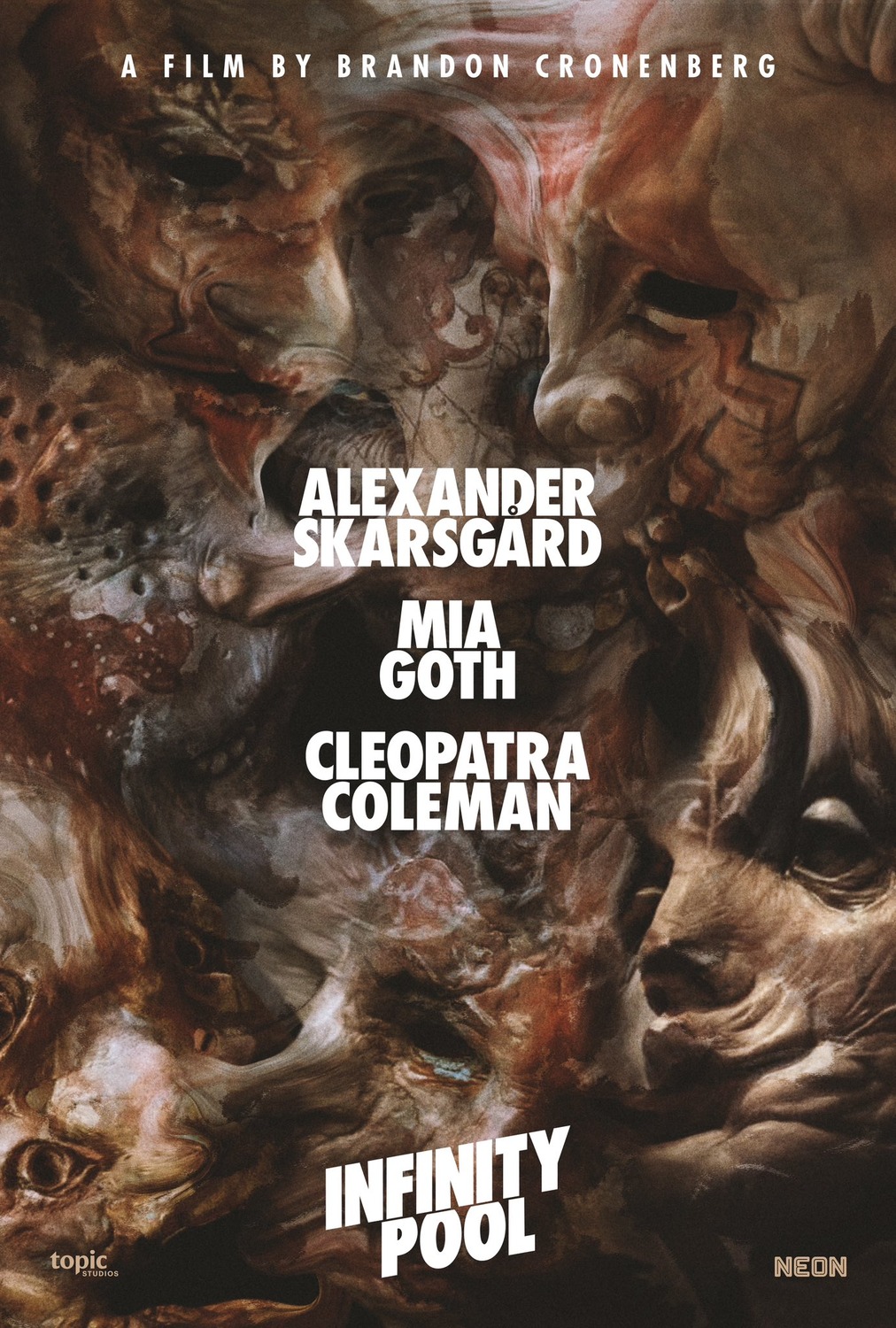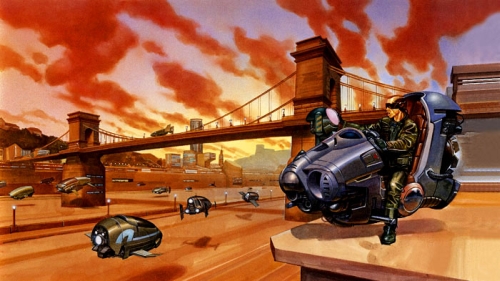“This week we are joined by Prof Sergey Radchenko to discuss the of tumultuous relationship between the two major superpowers of the communist world during the Cold War. The People’s Republic of China and the USSR.
Sergey Radchenko is the Director of Research and Professor of International Relations at the University of Cardiff. He is an expert on Sino-Soviet Relations, atomic diplomacy, and has written books on Mongolian and North Korean History. He has previously served as a Global Fellow and a Public Policy Fellow at the Woodrow Wilson Centre (in Washington D.C.), and as the Zi Jiang Distinguished Professor at East China Normal University (Shanghai)”
I think today, during what looks like the early start of the Cold War 0.2 we tend either to exaggerate Russian-Chinese relations or collusion around the fact that after the invasion of Ukraine, Russia has been integrated more and more with the Chinese economy. The increasing dependency of Russia on China, after the SWIFT ban on Russian banks, has also been exaggerated. In the words of Arnaud Dubien, in spite of what governments believe it appears that “Russia Won’t be China’s vassal” (a very good article).
I think that we have to go back to the Cold War relations of the two motors of world communism: the Bolshevik Soviet Union and Mao’s China. Relations have been always changing and evolving over time – and altough friendship was always more important than enmity, one should say that from the very beginning (not covered in this podcast) there was room for a lot of misunderstandings, low points, high expectations, and a slow syncing (compounded by the all-out attack of Japan and Western imperial powers that had every interest in subverting and blocking communications and avoiding a united anti-Imperial front).
Even if letters and Telegraphs were under surveillance by the Japanese, British, Dutch, and French secret services, the two revolutionary powers of Sun Yat-sen’s Republican China and Lenin’s Soviet Union reached out to try and find a common ground in common anti-imperialist and later on anti-capitalist struggle. Some of the conflicts also arose around wordings and perceived counter-revolutionary actions (such as the invasion of Prague by Warsaw pact troops or Budapest 1956 by Soviet troops). Other arose of older wordings and perceived arrogance – such as using terms such as “infantile” or “backward” that seemed to pop up rather indiscriminately at the most inopportune moments (and that seemed to be lifted out of an imperialist and racialist vocabulary).
Advocating for a united front with the Nationalist Kuomintang (that turned out to be a major mistake), was also encouraged by the Soviets. If you want to find out more about documents that traced the evolution of the Comintern and what was to become the Third World (or the Global South today) you have to look beyond this podcast. The invasion of Prague by the Warsaw Pact country was another blow to the Sino-Soviet relations and also the way the Soviet Union seemed to retreat from the world revolutionary stage, while China seemed to ascend to that position. Also, there was a war Sino-Soviet border conflict in 1969 that tends to be forgotten nowadays.
Very early on the young Soviet power started taking the colonial question seriously (but only as a secondary priority in the fight against the Western industrial imperialist powers) – V I Lenin’s Draft Theses on National and Colonial Questions (written in 1920 on the Second Congress of the Communist International) is an important document in that sense.






